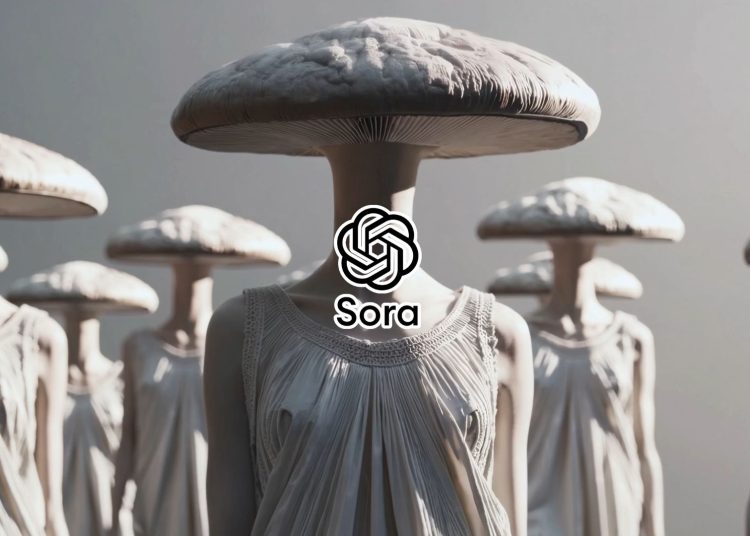OpenAI has officially entered the text-to-video arena with Sora, a new AI model that’s turning heads across the tech world. Launched yesterday as part of the company’s playful “ship-mas” product release series, Sora comes to the market with the hope of transforming how we create and interact with video content.
Typing a description and watching it magically come to life as a video would have sounded like crazy talk just a few years ago, but with Sora, it’s now a possibility. The AI can generate videos up to 20 seconds long, complete with photorealistic details and an impressive sense of physics.
Available on sora.com, the platform allows ChatGPT subscribers in the US and most countries to tinker about in this new creative playground. OpenAI has structured Sora’s access through its ChatGPT subscription models.
The more affordable ChatGPT Plus subscription, priced at $20 per month, allows users to generate up to 50 priority videos at 720p resolution. For those looking for more robust capabilities, the ChatGPT Pro subscription, which costs $200 per month, offers “unlimited generations” with up to 500 priority videos, higher 1080p resolution, and the ability to download videos without watermarks.
Beyond simple video creation, Sora also boasts some remarkable features that set it apart from traditional video production tools. Users can create videos by sequencing multiple prompts through a storyboarding feature, animate static photos, remix generated videos with text-based adjustments, and even blend scenes seamlessly.
This level of creative flexibility transforms Sora from a mere tool to a potentially revolutionary platform, especially for content creators. However, OpenAI is acutely aware of the potential misuse of such powerful tech. To address these concerns, they’ve implemented several safety measures.
All Sora-generated videos come with visible and invisible watermarks, strict content upload guidelines, and blocks against harmful content like child sexual abuse materials and deepfakes. During the launch, Sora product lead Rohan Sahai acknowledged the challenges, stating that while they might not get everything perfect immediately, they’re starting with a conservative approach.
That said, OpenAI has some explaining to do after reports arose suggesting Sora was trained on over a million hours of YouTube videos, potentially without proper credit to original creators. A group of artists who were part of the alpha testing program even leaked API credentials in protest, calling it “unpaid R&D and PR.”
Currently available in the US and most countries, Sora’s European launch might take some time. OpenAI CEO Sam Altman stated it could be “a while” before the tool reaches the UK and EU.





























